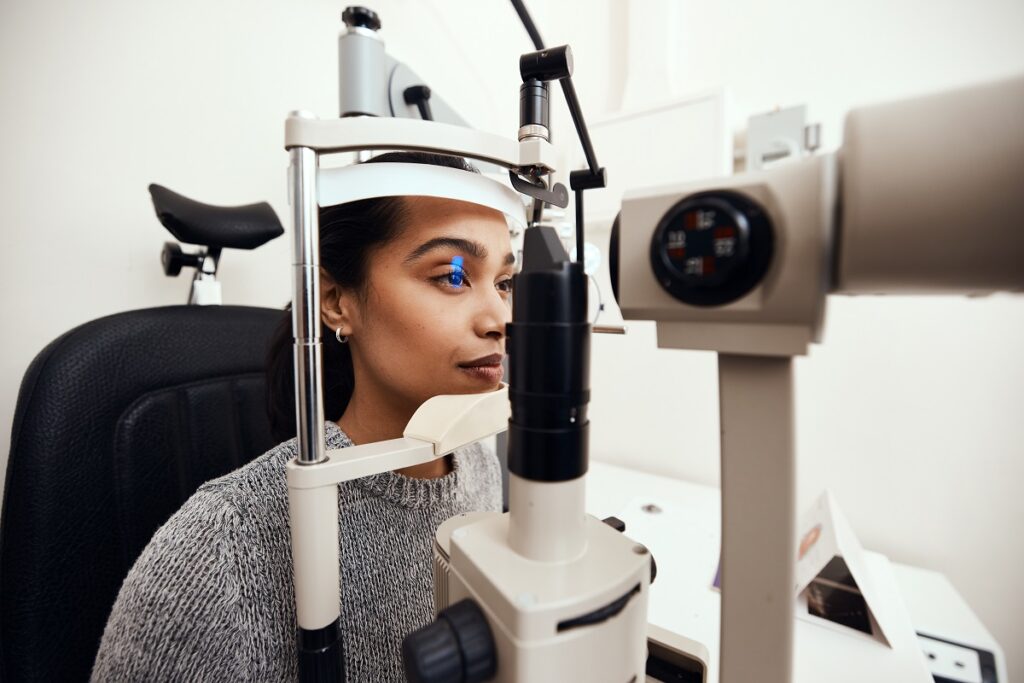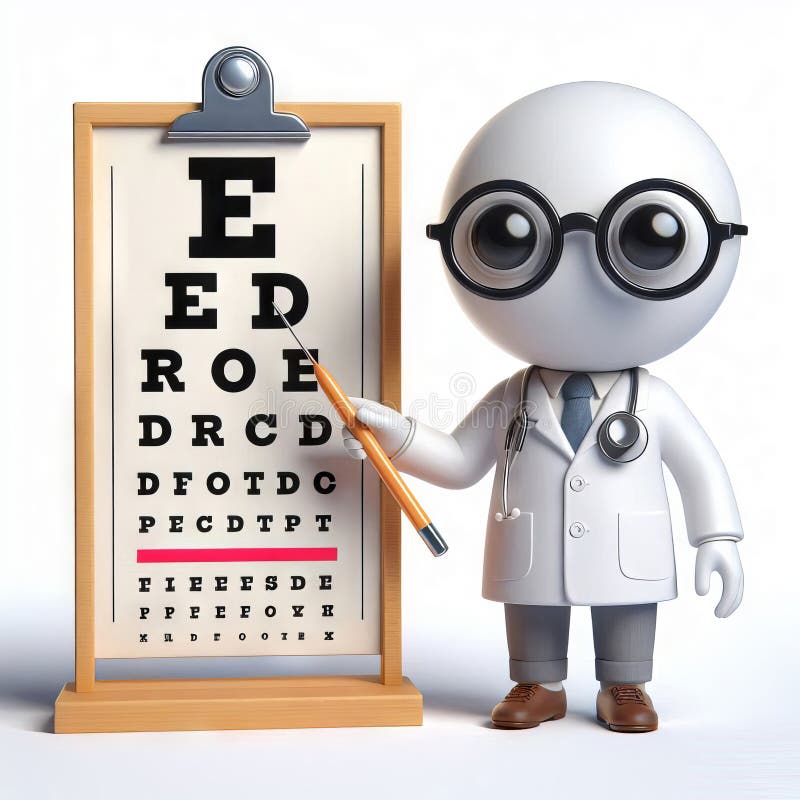Professional Eye Doctor in Riverside: Your Vision is Our Priority
The Comprehensive Eye Exam: What to Expect Throughout Your Visit to the Eye Physician
A see to the eye doctor for a comprehensive eye exam is greater than a regular check-up; it is a critical action in guarding your visual health. From the first conversation of your case history to the precision of the visual skill test, each component of the exam offers a details objective. However exactly what takes place during the eye wellness assessment, and how does it influence the prescription procedure? Understanding these components is essential for those that desire to maintain optimal vision. As we explore each part, the importance of follow-up recommendations will likewise come to be clear.
First Consultation
The initial appointment throughout an eye exam acts as an important foundation for recognizing a person's aesthetic health demands. This phase sets the tone for the whole assessment process, allowing the optometrist to gather essential details about the patient's clinical history, lifestyle, and details vision worries. By meticulously examining any kind of pre-existing problems, medications, or previous surgeries, the eye treatment expert can customize the exam to attend to individual needs successfully.

Furthermore, the initial examination is an opportunity for individuals to articulate any inquiries or concerns, fostering a collective relationship with their doctor. This communication not just makes sure that the person feels informed and comfy yet also equips them to take part actively in their eye health administration. Jointly, these discussions allow the optometrist to design a customized assessment plan, making sure optimum care and accurate medical diagnosis.
Visual Skill Examination
Beginning the core components of an eye examination, the visual acuity test is designed to assess the intensity and quality of a patient's vision. This crucial analysis assists figure out exactly how well a person can discern letters or signs at a standardized distance, normally using a Snellen graph (Opticore Optometry). The graph consists of rows of letters that decrease in size inside out, with the individual positioned at a traditional distance of 20 feet
Throughout the examination, the individual is asked to cover one eye and read aloud the tiniest line of letters they can see clearly. This process is duplicated for the other eye. The results are tape-recorded as a fraction, with 20/20 vision showing typical aesthetic acuity-- where the client can see at 20 feet what an individual with normal vision can see at that distance.
The aesthetic skill examination additionally determines potential refractive errors such as astigmatism, nearsightedness, or hyperopia, which may require restorative lenses. By developing a baseline of aesthetic efficiency, the examination is a crucial analysis tool that aids the eye treatment specialist in creating a suitable treatment plan customized to the individual's special visual demands.
Eye Health Analysis
Adhering to the aesthetic acuity test, a thorough eye health analysis is conducted to guarantee the general health of the eyes. This important segment of the eye examination entails a detailed evaluation of both the outside and inner frameworks of the eye. The ophthalmologist or optometrist starts by analyzing the eyelids, cornea, conjunctiva, and sclera for any type of indications of infection, inflammation, or problems. Using customized devices like a slit lamp, review the practitioner gets an amplified view of the eye's anatomy, enabling detailed assessment.
Following, attention shifts to the inner frameworks. With the use of ophthalmoscopy or fundus digital photography, the retina, optic nerve, and blood vessels are diligently assessed. This step is essential for determining problems such as retinal detachment, glaucoma, or diabetic person retinopathy. In a lot of cases, pupil expansion is carried out to boost visibility of the internal eye frameworks, although this may lead to momentary light level of sensitivity for the patient.
Additionally, intraocular pressure is determined to screen for glaucoma threat. This is generally done utilizing tonometry, which can find raised stress degrees that might suggest potential damage to the optic nerve. Jointly, these evaluations create a detailed evaluation to keep ocular health and wellness.
Refraction and Prescription
Refraction is an innovative procedure performed by eye care professionals to determine the accurate lens power needed to remedy refractive mistakes such as nearsightedness, hyperopia, presbyopia, and astigmatism. The objective of this procedure is to assess exactly how light bends as it passes via the eye, enabling the practitioner to establish whether rehabilitative lenses are required for boosted you can check here aesthetic acuity.
Throughout the refraction procedure, the person is asked to look via a phoropter, a tool which contains different lenses. The specialist will methodically transform these lenses and ask the client to contrast clarity in between options till the most effective possible vision is achieved. This procedure is critical in crafting a precise prescription that defines the suitable lens power for spectacles or get in touch with lenses.
The prescription obtained from this procedure not only optimizes vision yet likewise functions as a foundation for selecting appropriate rehabilitative eyewear. It is vital to make certain that prescriptions are regularly updated, as adjustments in vision can occur gradually, stressing the value of regular eye exams. This meticulous attention to detail assists maintain clear, comfortable vision in day-to-day live.
Follow-Up Recommendations

During a follow-up check out, the eye medical professional will carry out a collection of tests to examine visual skill and check for any kind of adjustments in vision that could require an update to the prescription. In find out here addition, the follow-up supplies a chance to discuss any type of discomfort or issues experienced with current glasses. Modifications can be made to make certain comfort and efficiency, whether via lens adjustment or structure modifications.
For individuals with ongoing problems such as glaucoma, diabetes-related eye problems, or macular deterioration, more constant follow-ups might be required. These consultations are crucial for managing and potentially reducing the progression of eye condition. Following these suggestions can considerably add to preserving visual health and wellness and protecting against long-lasting issues.
Final Thought
The extensive eye test is an essential procedure for maintaining visual health and wellness, including a detailed assessment of case history and vision issues. Trick elements consist of the aesthetic skill examination, which examines eyesight quality, and the eye health and wellness analysis, which examines the general condition of the eyes. Refraction tests assist identify the specific lens prescription required for optimum vision correction. Follow-up referrals supply assistance for ongoing eye care, ensuring that any potential issues are dealt with without delay and properly.
A visit to the eye medical professional for a detailed eye examination is more than a regular check-up; it is a vital step in safeguarding your aesthetic health.Kicking off the core components of an eye exam, the aesthetic skill examination is developed to examine the intensity and quality of a patient's vision.Adhering to the visual acuity test, a detailed eye health evaluation is carried out to make certain the general health of the eyes. These sees permit the eye treatment expert to keep track of modifications in vision, update prescriptions, and evaluate the overall health of the eyes. Key elements consist of the aesthetic acuity test, which evaluates sight clarity, and the eye health assessment, which checks out the overall problem of the eyes.